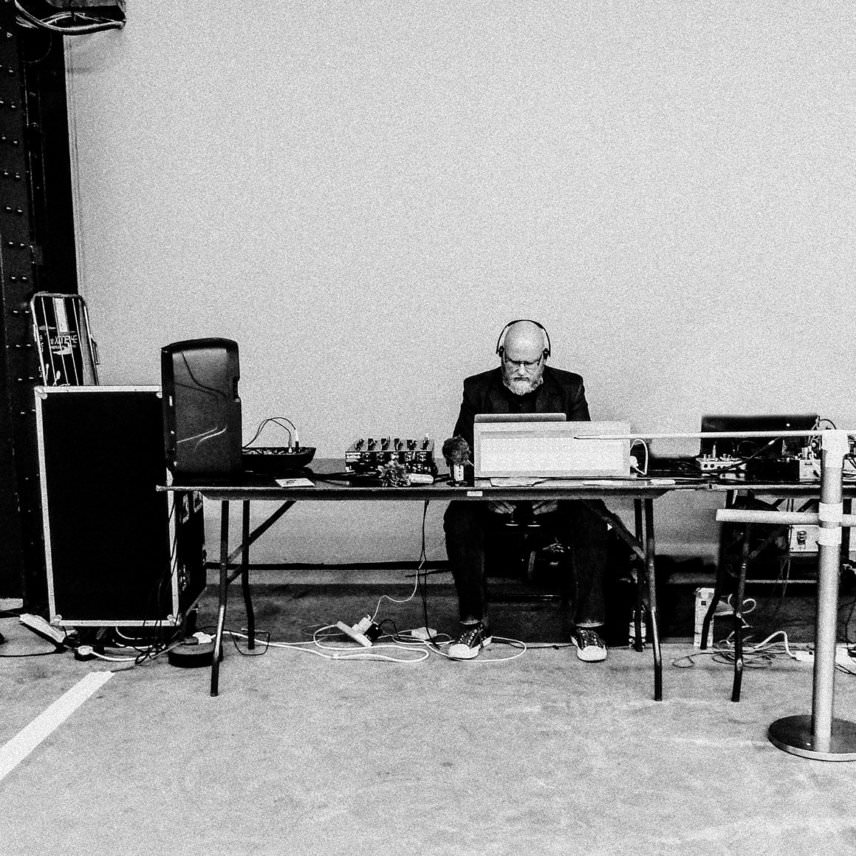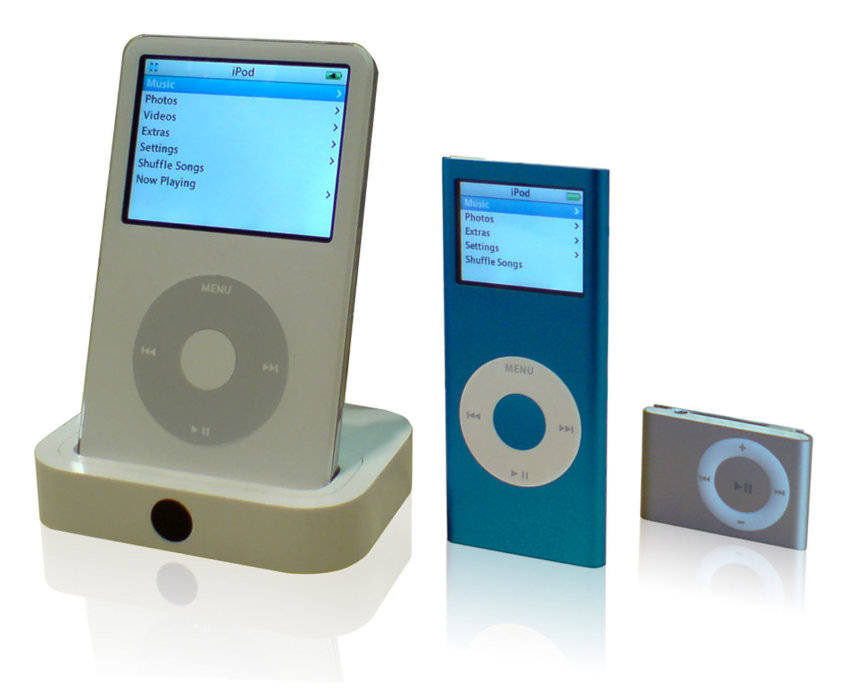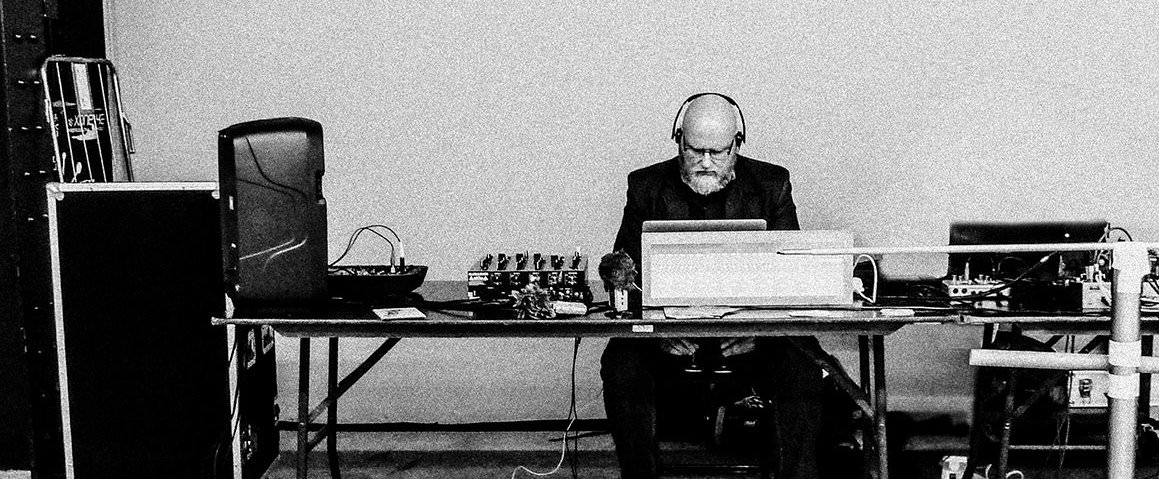The 14th July 2020 is the 25th birthday of the MP3. We spoke with artist and curator Dr John Kannenberg about its impact and legacy.
1995 was a mixed year for music releases. In the UK, the pop charts featured the likes of Celine Dion, Oasis, Robson and Jerome and Cotton Eye Joe, but also Everything But The Girl’s ‘Missing’, Josh Wink’s ‘Higher State of Consciousness’ and Grace’s ‘It’s Not Over’. In the middle of the year, an event occurred that was to have way more impact than Celine or indeed Cotton Eye Joe. On the 14th of July, the mp3 was given its official filename extension and thus, was ‘born’. Twenty-five years later and a digital format for storing audio has turned out to be one of the most disruptive and revolutionary technologies to ever hit the music industry.
The MP3 was developed as an audio format as a solution to the problems of bandwidth and data storage that resulted from the relatively large file sizes of digitised audio. Music files used up lots of bandwidth and required high processing and memory power. The idea behind the MP3 was to create a good sounding audio format that was substantially smaller, making them easier to stream, store, download, email and generally move around. But once music could be easily transported digitally, it quickly wrought several high impact changes on the music industry as well as instigating larger cultural trends too.
The digital file, it had such a vast impact on all musical culture and all visual culture, it worked its way into so many different areas. The biggest one is opening the door for the shift to streaming as the platform for listening to music now.
It could be argued that discussion around audio formats was one of the key defining features of dance music’s journey from the real world and onto the internet throughout the 90s and the 2000s. The MP3 destroyed the old vinyl record industry model, making the process of releasing music vastly more accessible. This in itself was such a far-reaching change that it’s difficult to evaluate – on the one hand it democratised the process of releasing music giving access to a whole new demographic who previously could never have done so. On the other hand, it facilitated the release of huge quantities of average-to-low quality music, while vastly reducing the potential earnings for producers and songwriters.
Breaking Down The Barriers
For DJs, the birth of the digital file signalled a new approach to the art of DJing that brought with it new mixing techniques along with the new level of availability of music. Digital files were the one single factor in making DJing widely accessible as they were affordable (or indeed ‘free’), easily transferable and allowed for software to automatically beat match them. In one single technology, every barrier to DJing – the cost of equipment and records and the practical challenges of learning to DJ on vinyl – were blown away. Now anyone with a laptop could DJ. It was a huge cultural democratisation, a tearing down of barriers that empowered as many new DJs as it angered older DJs. For us in dance music, this is perhaps the single biggest impact visible change that the digital file enacted.
But this was just one of the many effects the MP3 has had on the music industry. Dr John Kannenberg is Director and Chief Curator of The Museum of Portable Sound and a multimedia artist, writer, and researcher:
“The digital file, it had such a vast impact on all musical culture and all visual culture, it worked its way into so many different areas. The biggest one is opening the door for the shift to streaming as the platform for listening to music now.”
Music was one of the first cultural products to be digitised and Kannenberg argues that the mp3 was in some ways a testing of the cultural waters:
“That was sort of a testing ground for media in general in terms of things like films, TV shows and so on – once it became clear that consumers were willing to accept digital as their standard for music, that meant that they were also willing to accept it for cinema, for television, for all these other forms of creative content delivery that had always been rooted in something tactile.”

“There’s been this tectonic shift from having something in your hands to accepting it as something that you subscribe to and you don’t own anymore. I think that’s helped to destroy the personal relationship between a listener and their music collection in ways we haven’t fully processed yet. The mp3 definitely had a massive shotgun effect in that it splintered the consumption of media into an infinite number of particles that are no longer easily contained.”
From Ownership To Rental
This shift within music consumption from ownership to rental involved the rise of technology companies becoming the gatekeepers of how we listen to music, and taking an ever greater role in choosing our music for us. But, on the surface at least, consumers seem to have got a great deal: they can listen to anything they want whenever they want. But this shift to rental from ownership is not without its downsides. For us in dance music, aside from the negative aspects of the proliferation of DJs and labels (and there are many positive effects of this increase too), the loss of earnings for artists and producers is the single biggest downside of the MP3’s legacy.
Not only is artist income from the market-leading streaming model of Spotify substantially lower when compared to physical sales but larger artists tend to benefit at the expense of smaller acts. The money that users pay to Spotify doesn’t even go directly to the artists they stream, it goes into a central pot to be paid out to all artists who get streamed on the platform that month The extremely low royalty rates on streaming services (an estimated $0.006 and $0.008 per play for Spotify,£0.007 for Apple Music, $0.00069 on YouTube) have created a crisis for all but the very biggest artists. This has changed how artists can earn a living, which in turn has driven the festival and DJ gig market as artists and DJs try to make up the royalty shortfall through touring.
The MP3 revolutionised our access to the history of recorded sound, it destroyed the business model of the old record industry and it paved the way for technology to become the gatekeepers of how we listen.
“The MP3 broke down the structure of major labels and it has put more responsibility on artists for finding other means of income, so they need to tour relentlessly now, selling t-shirts, other types of products, hoping that nostalgia collectors of physical products will buy elaborately packaged releases rather than just settling for a digital copy.”
Kannenberg also points out that our current listening experience is now in many ways inferior to pre-digital. Although analogue audio formats are superior to digital in terms of sound quality, most consumers seem to have been perfectly happy to sacrifice quality for convenience and quantity. “The mp3 opened the door to the consumer agreeing to a loss of audio quality and an acceptance of higher personal maintenance or personal due diligence in terms of being able to have a decent listening experience – yet it’s marketed to us as perfect solutions when they certainly are not.”

We now have to navigate new technology updates, Bluetooth speakers and playback devices constantly needing to be charged, poorer quality audio, streaming dropping out and so on. “We’re willing to put up with things like bandwidth choking and songs stopping and starting as you’re streaming music and that transfers over to Bluetooth headphones and pairing issues and multiple devices that are needed that require batteries too. The consumer needs to be more diligent about the maintenance of these products than they ever had to be before.”
And then there’s the environmental impact of streaming and its associated technology too. All that data and streaming, it requires huge amounts of energy, much of it generated by fossil fuels. And all those devices and speakers all need charging, not to mention the drain on resources from constantly updating audio equipment.
Weighing It Up
The MP3 has clearly had a mixed impact. For many, the opening up of the DJ role was a brilliant example of increasing accessibility to what had previously been a closed shop, almost a dark art. The democratisation of the DJ role is an issue that divided the dance music and DJ community ever since and one that can still whirl up strong emotions on both sides of the argument. It’s certainly a difficult thing to evaluate – for lots of old school DJs, there was a sense that in making DJing ‘easy’, something was lost. It’s been argued that the barriers that the MP3 blew open actually served to ensure that we only had a small number of high-quality, dedicated DJs. However, for many young DJs, there was a sense that they could finally get a foot in the door. And of course, setting aside the remuneration issues for artists and songwriters for just a moment, it’s hard to deny that more people having more access to more music is a ‘bad thing’ as such – although again, this issue also has two sides to it.
“In terms of making large libraries accessible to a vast number of people within seconds, you can now hear just about anything – I think that’s absolutely amazing… but because everything is accessible now, it’s hard for anything to be special. And it’s also really easy for people to get overwhelmed by that access, and just not really delve any deeper because they don’t know where to start. That’s one of the legacies of being able to access everything at the same time – it can be paralysing but it can also be massively freeing.”
There’s no doubt that digital music and streaming can’t be uninvented. The general population don’t appear to want vinyl, cassettes or CDs back, and a generation has been bought up with the streaming model as the norm. This particular sonic genie isn’t going back in its lamp any time soon. So faced with this reality Kannenberg still believes that there is pragmatic work to be done within the current system, particularly to improve remuneration for artists: “I don’t think it’s ever not worth it to try to do the right thing!” The Bandcamp model has proved popular with dance music and continues to demonstrate an alternative approach to selling music that locates more funds directly to artists and enables a genuine relationship between fan and musician. Likewise, there is a current campaign to address remuneration issues with the current streaming model that is attempting to make the system more equitable.
Likewise, the Musician’s Union (MU) are running a campaign to address remuneration issues with the current streaming model that is attempting to make the system more equitable. The MP3 – together with the major record labels and streaming platforms – has created a huge drop in what an artist or producer could earn from their music, and it is this change which is still very much unresolved. The global pandemic has demonstrated how fragile and unsustainable the current model is for many artists, producers and songwriters and the MU campaign is campaigning for a streaming model that is more equitable. Because there’s no doubt there are huge amounts of money in streaming – in 2018 Forbes estimated Spotify was worth around $36 billion – it’s just that only tiny amounts of this are actually getting to the artists who create the music.
For one little digital file format, the impact of the MP3 has been huge, and we’re still living through the changes it wrought. Attempting to sum up it’s impact on music, Kannenberg tells us “it revolutionised our access to the history of recorded sound, it destroyed the business model of the old record industry and it paved the way for technology to become the gatekeepers of how we listen.”
That’s quite some legacy.
More information about Dr John Kannenberg’s work is available on his website.
